Eastern Crete has dozens of enchanting and unknown destinations that "capture" every visitor, making him…
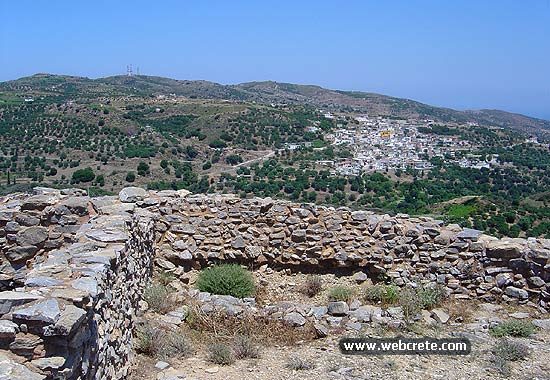
Chamezi Archaeological Site
In the Hamezi area, 11 km from Sitia on a conical-shaped hill known as Souvloto Mouri (which means pointed- or sharp – faced), is the only oval house so far discovered of the Middle Minoan period. This is regarded as one of the most significant archaeological remains of the Minoan civilization. Originally excavated in 1903 by S. Xanthoudides it has contributed important material for the study of pre-historical architecture. For scholars assessing the evidence it poses two important questions: firstly, for what use was the building originally intended and secondly, was its shape a deliberately designed architectural innovation or something that came about by chance because of the lie of the land.
The excavator himself thought that it must have been a sizable villa which continued in use as a regular dwelling. Some fifty years later the archaeologist N. Platon, because of a number of figurines which were found (in room 4 on the plan), suggested that it was the building belonging to a Middle Minoan peak sanctuary, and that the well-like structure in the central courtyard was actually a sacred pit or deposit for the shrine.
In 1907 D. Mackenzie demonstrated that the shape was fortuitous and determined by the oval shape of the site on the hill-top. This opinion was generally accepted.
However, in 1971 the Ephorate of Classical Antiquities for Eastern Crete under the direction of Ephor Kostis Davaras, carried out further research while also tidying up and restoring the site to prevent deterioration. New evidence was then brought to light making certain changes to the plan necessary and certain deductions possible. The main alterations to the plan are as follows:
a) A second entrance on the north-west of the building was found Which diminishes the fortress-like effect of the building.
b) Room 13, thought originally to be a dark storeroom entered only from above, was found to have a proper door.
c) Α conduit covered over with stone slabs was found; this runs along the passage (7) to the exit.
d) The south-west section of the wall forms a corner and is not curved as was originally thought.
Davaras believes that the design of this Middle Minoan building must be deliberate because, although the site may be oval there is plenty of space, and also, walls with distinct curves are not uncommon in earlier buildings (e.g. the Middle Minoan phase of the palace at Knossos). He also believes that it could not possibly have been a peak sanctuary because the finds were insignificant for such a large building, even allowing for its having been plundered.
The discovery of a movable hearth in one of the rooms may indicate that there was a small household shrine; and finally, the existence of the conduit which leads to the well-like structure points to the conclusion that the house was supplied with water from a cistern. Thus, taking into account all the new evidence, the description of he house is as follows:
Το the east of the outer wall of the oval building were found the foundations of rooms 1,2 and 3, where many bronze objects were discovered, including double axes, a chisel, an adze, and four clay figurines ,similar to those of Petsofas. In Xanthoudides’ opinion these rooms were built by Minoan farmers of a later period, using material from the Middle Minoan house. At the south-east corner of the building is one of the entrances (area 7) which is paved with flags. Along the left of this is the covered conduit, and opening off the left is the area 12 (also paved) which may have been an open court onto which the surrounding rooms opened. In he raised eastern part of the court is the well-like structure (12a) in which the conduit ends; thus it seems that it was indeed a well or cistern and not a deposit for votive offerings.
From area 16 one passes through to room 4 which, if it is accepted hat the building was a house, must have been a household shrine as at 4a a movable hearth was found, and in front of that, parts of a clay altar or offering table. In this same room fragments of an unadorned pithos were also found and shreds with characters of the Minoan linear script. In room 11, the walls of which were faced with slabs of schist and limestone, vessels of clay and stone were found and also household utensils. This room can also be approached from the recently discovered north-west entrance. A stairway in room 14 leads to the upper loor.
At Linares by the sea, near the church of Ayios loannis tou Rigologou, a rectangularly built tomb of the Late Minoan era was found in 1971. This was an ossuary in both chambers of which the piled up bones of scores of skeletons were found. The chambers were entered from above. Among the finds were a cylindrical seal of ivory and a steatite vessel. Also in 1971, at Fatsi, a place near the fortress of Liopetra, a group of five small square tholos tombs of the Sub-Minoan and ProtoGeometric periods was found. Although the tombs had been robbed, some of the grave-goods were recovered; among the most important vereseal-stones, a dagger with an ivory handle, necklaces etc
In 1978 the Hamezi Folk Museum “I Kamara” was founded. This was largely the work of teacher and folklore expert Irene Papadaki who, with the assistance of the local inhabitants, has made a collection of worthwhile folk artifacts. One can see the old-style kitchen with a beautiful fire-place, the «sofras» or low table, lamps which burnt olive oil, mills etc; there is a bedroom with its wooden bed, a child’s cradle and the «kontada» (a wooden pole suspended from the beams) over which the most precious piece of weaving of the bride was slung for display; and a living-room with typical village furnishings, plates with a portrait of Athanasios Diakos and a representation of the church of Agia Sophia, a looking glass and pictures. There is also the weaving workshop which is very interesting; it contains a loom and all the equipment necessary for this craft.
Additional Info
Historical Period: Minoan
Location: Hamezi Village
Opening Hours: Always-Not Organized
Access: 1 km of a dirt road
What to see in the area...
Chamezi Folklore Museum
The cultural association of the village and the Educational Society of Hamezi established the Folklore Museum of Hamezi. The museum as it is today was built in two different time…
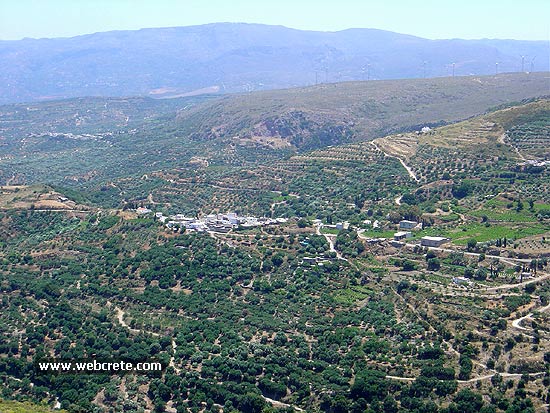
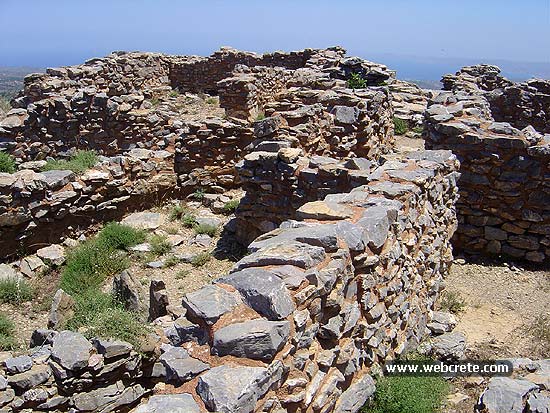
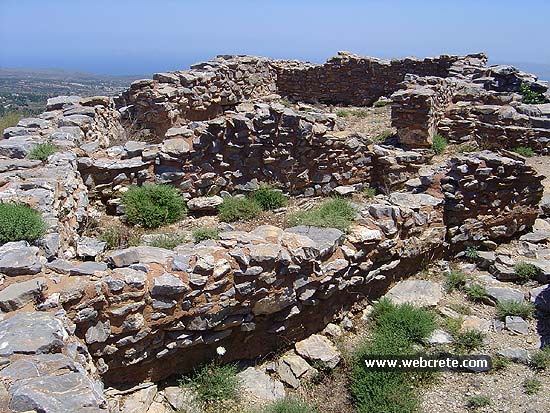
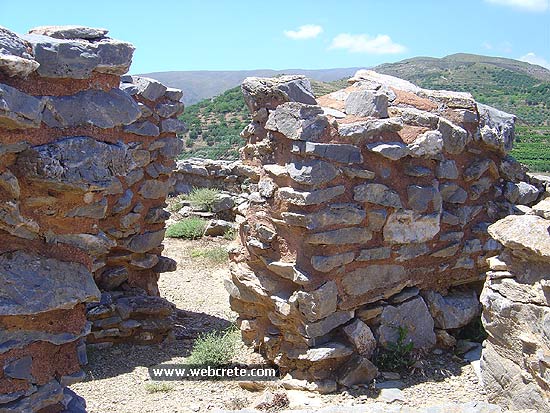
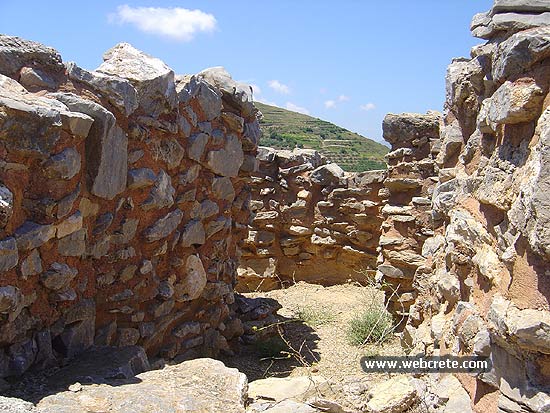
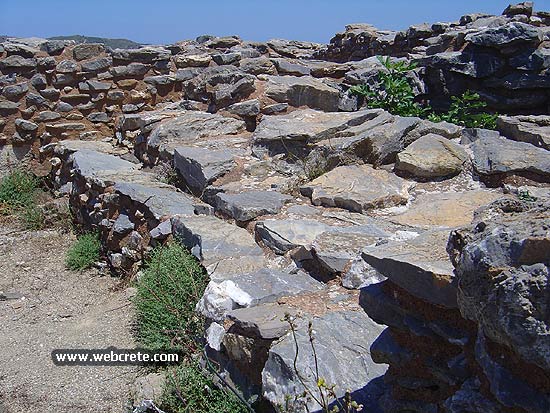
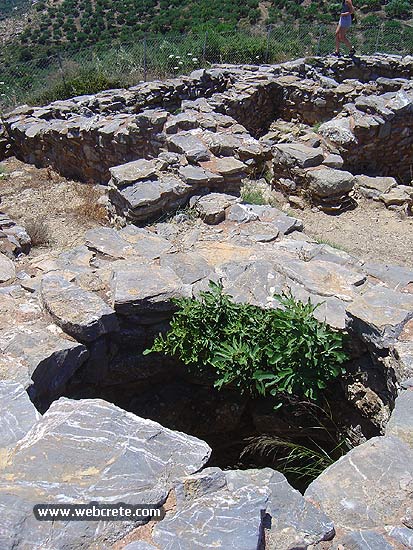
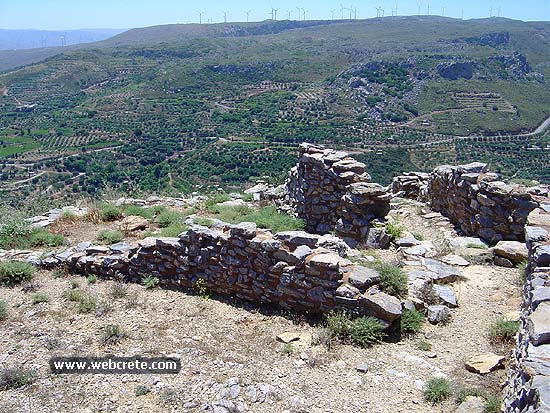
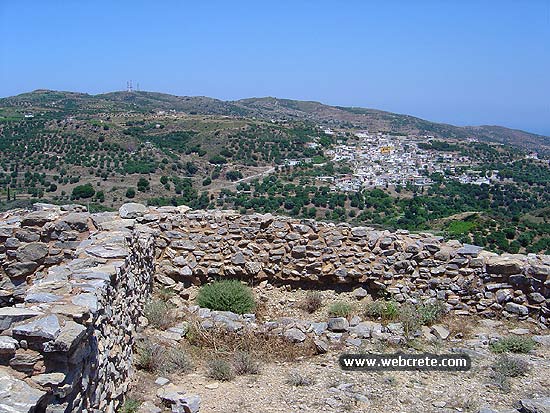
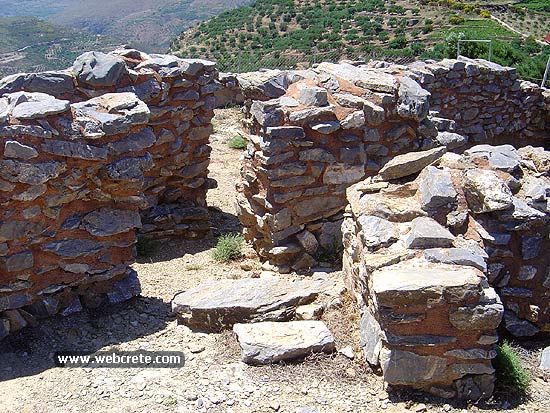
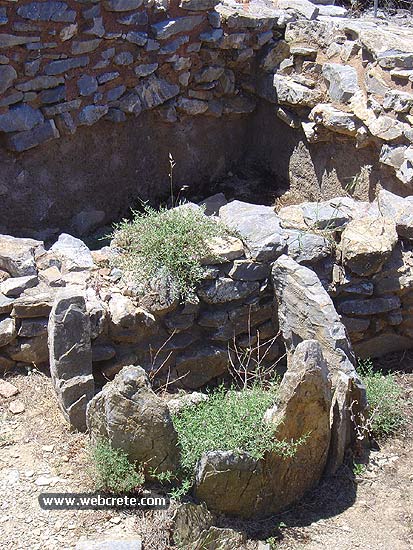
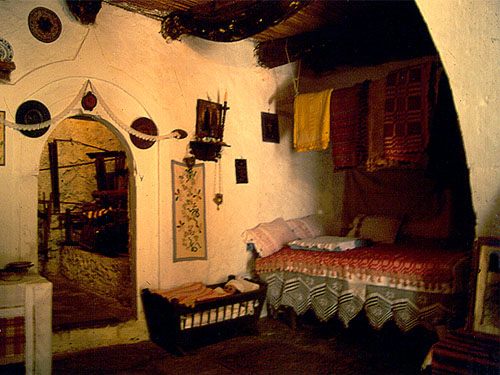
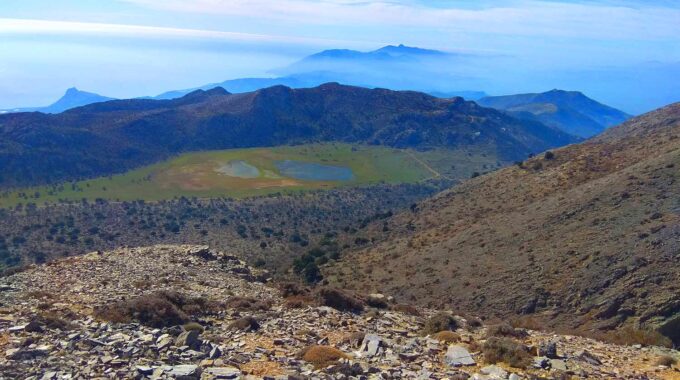
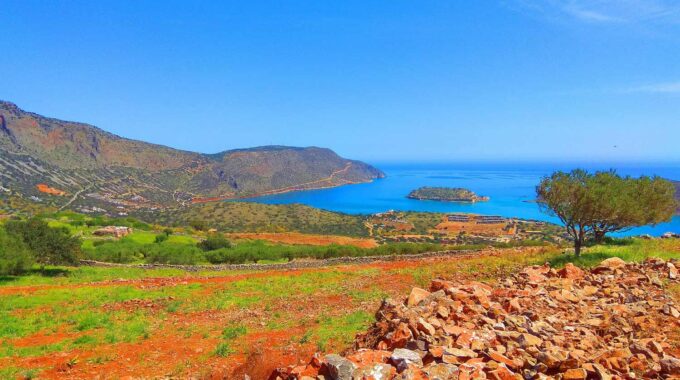
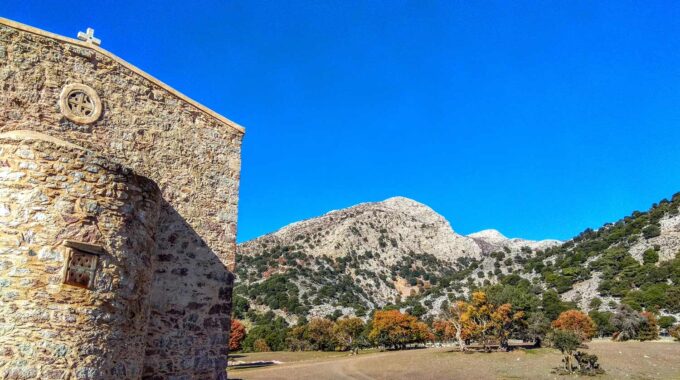
This Post Has 0 Comments